Test Bank For Mind On Statistics 5th Edition By Utts
Chapter 1
Sections 1.1 – 1.3
Questions 1 to 3: Suppose you were to read about a study showing that people who sleep less than five hours a night have twice as much risk of premature death as people who sleep seven or eight hours a night.
- Can you conclude that sleeping shorter hours causes a higher risk of premature death?
- No, because the result was clearly based on an observational study.
- Yes, because the result was clearly based on a randomized experiment.
- The answer depends on whether the research was based on an observational study or a randomized experiment, and it isn’t obvious which was used.
- No, because the baseline risk of premature death is not given.
KEY: A
- The “baseline risk” in this context is
- the risk of premature death for people who sleep less than five hours a night.
- the risk of premature death for people who sleep seven or eight hours a night.
- the risk of premature death for all people.
- the risk of premature death at the beginning of the study for those in the study.
KEY: B
- Which of the following is not an example of a possible “confounding variable” in this study?
- Medications a person is taking.
- The amount of alcohol a person drinks in the evening.
- The amount of stress a person is under in their work.
- The amount of sleep a person gets per night.
KEY: D
Questions 4 to 6: A randomized experiment was done by randomly assigning each participant either to walk for half an hour three times a week or to sit quietly reading a book for half an hour three times a week. At the end of a year the change in participants’ blood pressure over the year was measured, and the change was compared for the two groups.
- This is a randomized experiment rather than an observational study because
- blood pressure was measured at the beginning and end of the study.
- the two groups were compared at the end of the study.
- the participants were randomly assigned to either walk or read, rather than choosing their own activity.
- a random sample of participants was used.
KEY: C
- The two treatments in this study were
- walking for half an hour three times a week and reading a book for half an hour three times a week.
- having blood pressure measured at the beginning of the study and having blood pressure measured at the end of the study.
- walking or reading a book for half an hour three times a week and having blood pressure measured.
- walking or reading a book for half an hour three times a week and doing nothing.
KEY: A


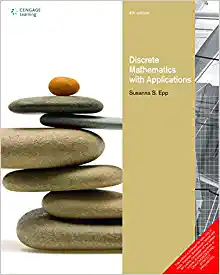
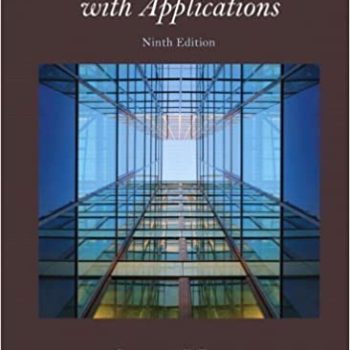
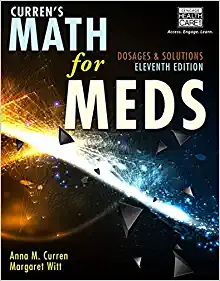
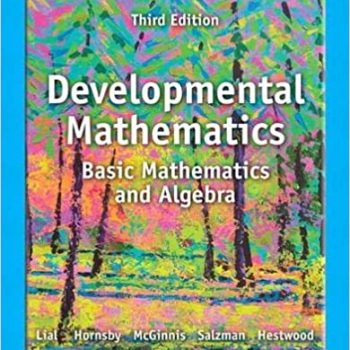
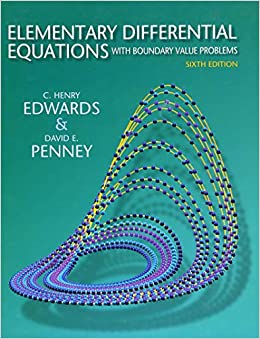
Reviews
There are no reviews yet.